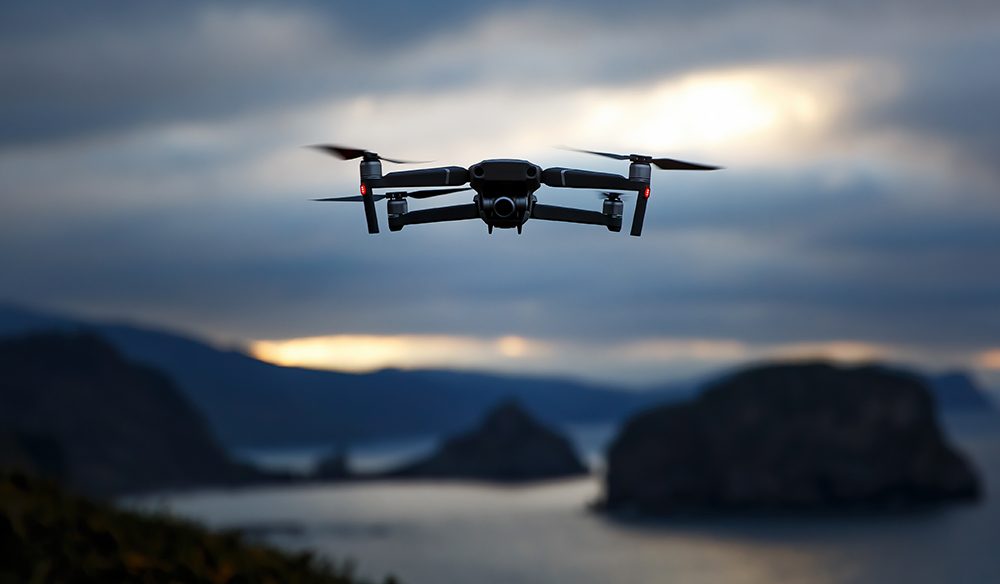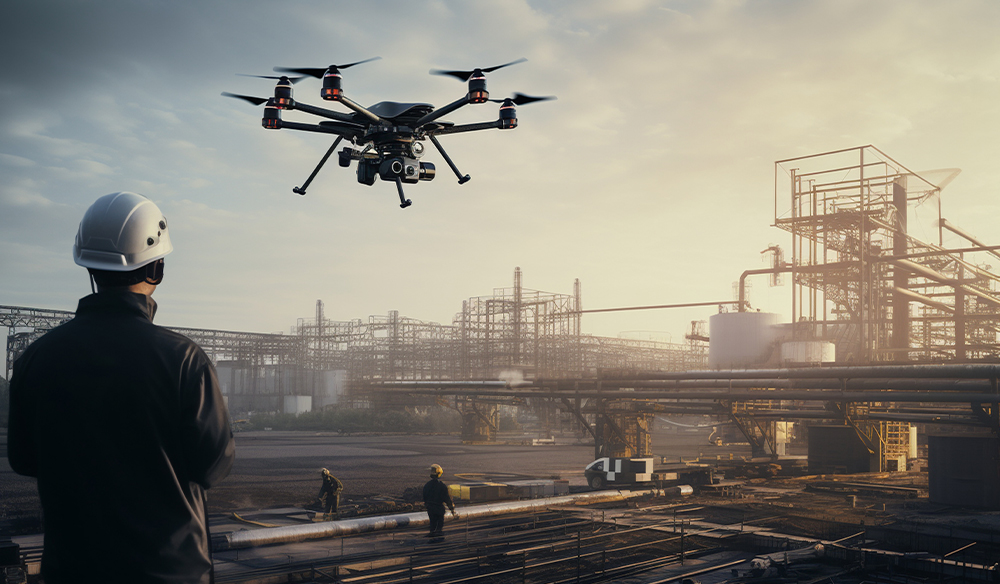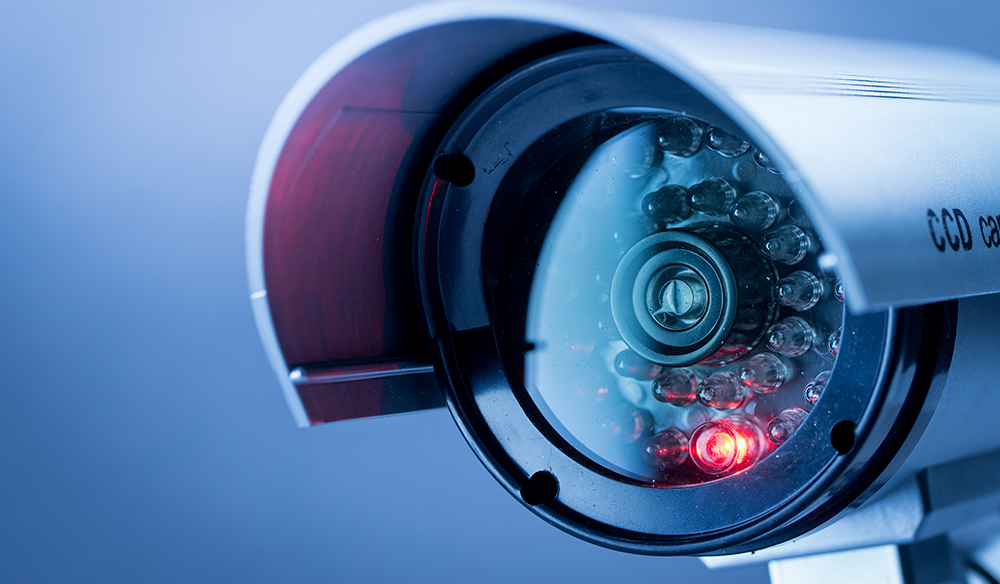
Unlocking the Future of Camera Technology: Solving MEMS Component Failures - Sheba Microsystems Inc.

The camera has become an integral part of our daily lives. Whether it’s capturing precious moments or enhancing safety and security, the quality of camera technology in smartphones, wearables, and computers is increasingly important.
In cameras, actuators are used to move the optical elements (optics or sensors) to achieve autofocus and image stabilization. Micro-Electro-Mechanical Systems (MEMS) actuators have enormous potential to replace the incumbent electromagnetic actuators because MEMS actuators possess numerous advantages, such as high speed and low power, which would enable unprecedented sharp images.
However, for many years, a major obstacle hindering the incorporation of MEMS silicon actuators into cameras has been the structural failures that can occur when they undergo shocks or accidental drops.
By solving this known issue, MEMS actuators have the potential to open up a world of new benefits for improved cameras – in every industry.
History
MEMS encompasses two types of devices: sensors and actuators. Silicon-based sensors (such as accelerometers and gyroscopes) have been pivotal in shaping numerous industries over the past several decades, such as in automotive, wearables, healthcare, aerospace, and IoT devices.
However, the use of silicon-based MEMS actuators has been limited in industry, mainly due to the reliability of these devices when they are loaded with weights during drop test reliability.
Over the last decade, there have been several attempts by other companies’ MEMS actuator technologies to attempt to achieve autofocus and image stabilization features in cameras. But none of these attempts were successful in overcoming the challenge of the drop test failure of MEMS actuators – until now.
Introducing Sheba Microsystems
Spun out of a research lab at the University of Toronto, Sheba Microsystems has solved the problem of MEMS component failure due to drops.
The “technology magic” lies in Sheba’s novel electrode configuration of MEMS actuators, named piston and tube (or uPistons ™ technology).
In contrast to the conventional electrode configuration, such as the combdrive, which is often used in MEMS actuators, Sheba’s piston-tube configuration substantially improves the rigidity of the moving MEMS part, or rotor.
This improvement comes from its ribbed or meshed structure, which features thousands of holes within a plate, forming interconnected tubes. Unlike comb-drives, where the fingers are supported from one side only, Sheba’s design minimizes susceptibility to structural damage when subjected to drops or shocks.
By dramatically minimizing this susceptibility to structural damage, Sheba’s technology solves a well-known issue, and therefore unleashes enormous potential of widespread adoption of MEMS silicon-based actuators in the camera industry – from security and transportation to automotive, entertainment, shipping and delivery, manufacturing, and more.
Sheba MEMS Actuators Will Transform the Camera Industry
By solving the major challenge that has been a blocker for the utilization of MEMS actuators in cameras, Sheba Microsystems has paved the path for a revolutionary enhancement in camera performance.
Sheba MEMS actuators offer distinctive advantages to cameras, including:
- Enhanced Durability: Sheba MEMS actuators have successfully passed a 130 million life cycle test. The incumbent, VCM actuators, as used in smartphone cameras, are qualified up to 300 K life cycles.
- Compact Size: The small form-factor of Sheba’s MEMS actuators allows them to easily fit beneath the camera sensor, ensuring a seamless integration within compact device designs.
- Low Power Consumption: MEMS actuators function as capacitors, consuming minimal power, which is essential for enhancing the battery life of portable devices.
- Fast Speed: With a settling time of less than a few milliseconds, MEMS actuators enable rapid adjustments, facilitating quick focusing and image stabilization.
- Sub-Micron Precision: Sheba’s MEMS actuators can generate ultra-fine movements as precise as hundreds of nanometers, ensuring exceptionally sharp and detailed image capture.
- Minimal Electromagnetic Interference: MEMS actuators have no adverse impact on a device’s antenna, ensuring uninterrupted wireless connectivity.
- No Hysteresis: MEMS actuators provide highly repeatable motion with sub-micron precision, eliminating any irregularities in movement.
- Versatility in Lens Type and Design: Sheba’s MEMS actuators offer flexibility when it comes to accommodating various lens types and designs, including large aperture lenses that enhance low-light photography.
- Reduced Dynamic Tilt: Sheba’s MEMS actuators maintain a minimal tilt angle of less than 0.02 degrees, contributing to improved image stability and reduced blurriness.
- Compatibility with Large Sensors: MEMS actuators have no restrictions on sensor format size, making them suitable for a wide range of camera systems, including those with large sensors.
Sheba’s breakthrough MEMS actuator technology unlocks a world of new possibilities for cameras in every industry. Learn more at www.shebamicrosystems.com.
Copyright© 2024 Sheba Microsystems – All Rights Reserved.

